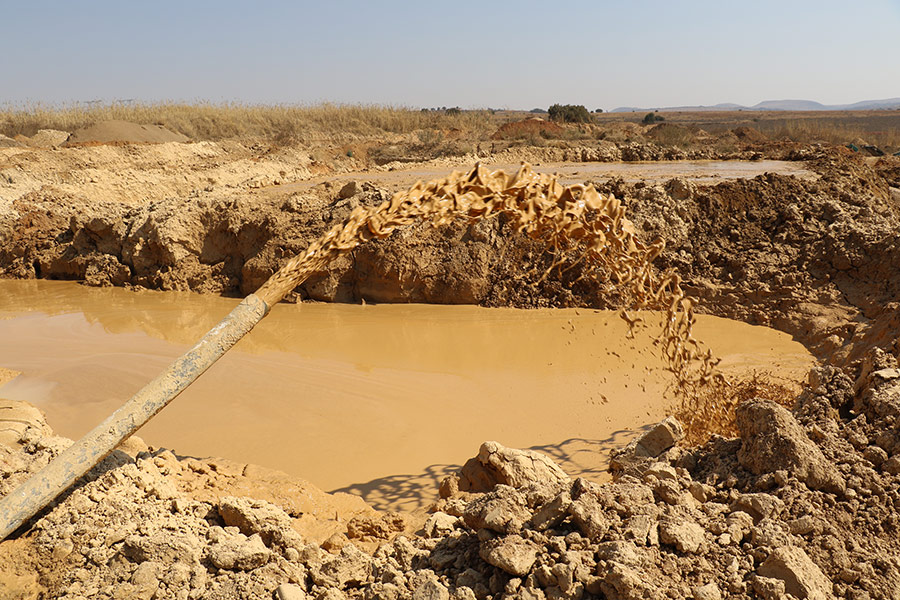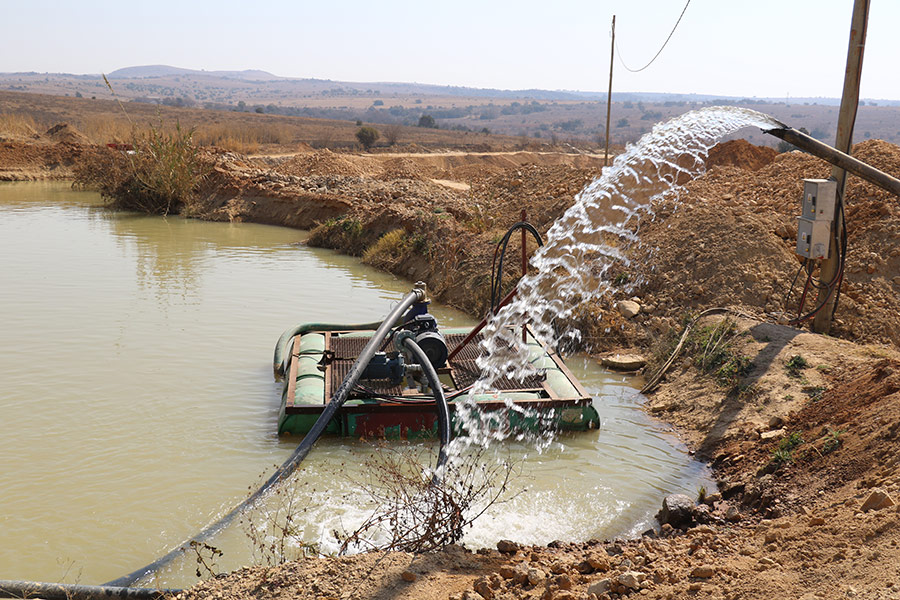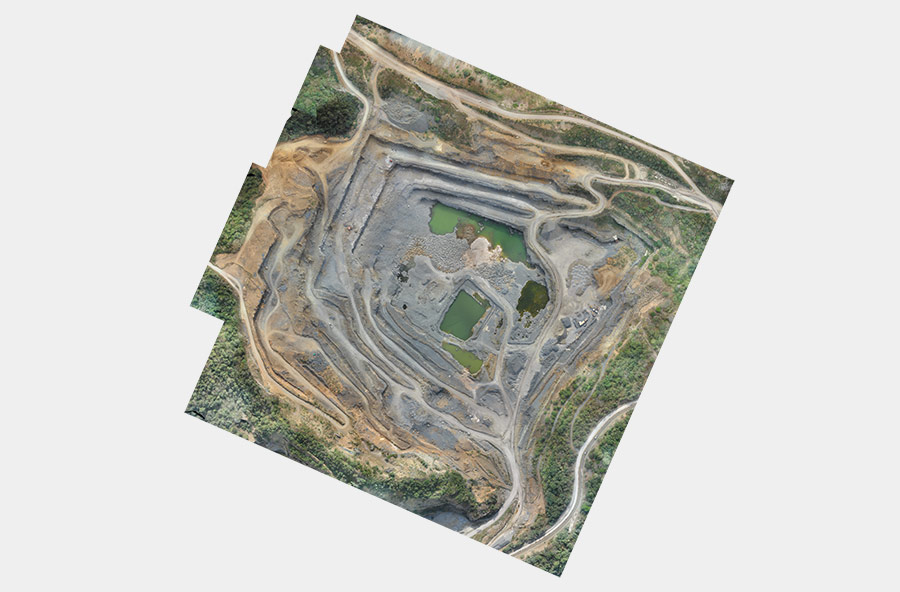Traditionally, water management was never the first thing that came to mind when thinking of quarries. In recent years, however, this has all changed. In its Best Practice Guideline: Water Consumption, Treatment & Reuse, surface mining industry association, ASPASA, notes that water management is integral to achieving sustainable practices and is increasingly becoming a high priority in any industry.
This is due to new and existing water resources becoming scarcer in many regions throughout the world. Per capita water consumption is increasing annually; water and sewerage rates have increased significantly over the last decade (100-400%), while new water supply options are too costly or even unavailable.
Water plays an integral role in quarrying. Multiple quarry processes use water; in fact, it is a part of almost every step, all the way from extraction and dust suppression to wet processing, amongst others. It is therefore clear that efficient use of water at quarries is essential.
“The guideline document’s intention is to introduce information on existing procedures and strategies for improvement and conservation. Methods for increased efficiency, recirculation and reuse not only reduce the environmental impacts of production, but also lead to cost savings.”

Minimising water usage
Several methods for streamlining water usage in quarries exist, including modifications to site landscape and investment in efficient equipment.
For example, reseeding the quarry site with native grasses, indigenous and drought-resistant plants reduces the need for dust suppression. In addition, maintaining vegetation at an active quarry eliminates the future need to dedicate finances towards this aspect of site closure and reclamation.
Paving or covering the access paths of the quarry with sediment also reduces the amount of loose particulates on roads, thus decreasing the amount of water required for dust suppression.
Updating equipment regularly can also greatly reduce water consumption on site. Pumps and pipes wear with age, leading to wasted water via material deficiencies. Aged machines used in cutting and extracting can also waste water by overheating too easily or by creating more dust than newer technologies.
The use of automated systems – including variable-speed pumps – results in streamlined, consistently lowered use of water in facilities.

Treatment and reuse
Primary water treatment and reuse at the quarry or processing facility can be accomplished in a number of ways. Filter presses, cyclone separators, sedimentation systems, retention basins and combinations of these systems are all viable solutions. In selecting an appropriate scheme for a site, several factors must be considered, including water demand, physical limitations, time and climate.
Facilities with a high water demand may find settlement ponds the most effective solution for supplying the needed water as well as providing a sufficient storage area for effluent. A filter press or cyclone separator alone may not be as capable of handling especially high flow rates.
If space is limited or other geographic obstacles exist, filter presses, inclined plate clarifiers, or cyclone separators (hydroclones) may be the best option for filtration, followed by storage in a tank or basin. These machines typically utilise a smaller area than a series of ponds and eliminate the need for excavation as they are installed on the ground surface.
“Additionally, settlement systems provide a relatively easy and effective method for collecting, treating, and reusing water at a quarry operation. This is in part due to the fact that natural stone operations have little need for potable water; depending on the application, the water may need only to have the sediment removed. As such, stormwater runoff, dewatering water and process wash water can all be collected for treatment and subsequent recirculation.”
Further remediation of the water can be performed with an automated flocculent injection system. Flocculation is the process by which fines (relatively small particles) are induced – through the addition of an appropriate chemical solution – to clump together into masses referred to as floc. The floc is manually or mechanically filtered from the water, resulting in an efficient and effective system of particulate removal, particularly for very small-diameter particles. Other methods of filtration include geotextiles and filter devices installed in a series of discharge points within the water’s flow path.
Sludge accumulated in a settlement pond system, hydroclone, filter press, or inclined plate clarifier must also be disposed of properly. In the case of a pond system, the material must first be extracted and dewatered.
The former can be achieved with draglines, a vacuum/pumping system, or scooping machinery, such as a backhoe. Several options are available for dewatering pond sludge, as well. A centrifuge or filter press can be implemented, but to conserve energy, gravity is recommended.
With regards to the latter, the sludge can be placed in a hopper (or even an inactive quarry hole) until it dries. The draining water should be directed back into the settlement pond system.
Several uses for sludge exist both on- and off-site. At the quarry, dewatered sludge may be used to construct light-duty roads, coupled with vegetation to establish ditches or berms to collect and direct runoff, or laid as a liner in the construction of new settlement ponds.
Agricultural operations may utilise sludge as a type of soil fertiliser, and public or private groups can use the material in road construction as a binder for gravel. In any case, the material does have multiple applications that will prevent the need for it to be disposed in landfills.
When it comes to water reuse, once the water has been treated, it can be directed back through operations for washing, dust suppression, extraction and cutting, finishing and irrigation. It may also be possible to use this water in a site greywater system, such as for toilet water.
Benefits of water management
The best practices outlined above bring a multitude of advantages to a quarry facility. One of the key advantages is revenue generation; collected sludge may be sold for use in road construction and agricultural applications, thereby generating a new form of revenue.
Operations can also greatly reduce their water expenses. Collecting, treating and reusing rainwater and runoff lowers the expense of water and sewerage bills. In addition, quarries can also avoid expenditures for well maintenance and upgrades.
Reduction in energy costs is another major benefit of good water management practices at quarry sites. Retention ponds facilitate a surface water supply, thus eliminating the expense of pumping from a deep groundwater well.
Retention ponds can function as a storage area for water generated from quarry dewatering, rainwater, and runoff. By collecting and retaining water, stress on the local water table and drinking water supply is avoided.
“Water is a finite resource, and proper water management is critical to sustain quarry operations. The best practices identified in the best practice document provide options in which a quarry can reduce its overall daily water demand. Implementation of even a few of these suggestions can potentially result in cost savings, in addition to an improved environmental profile.”





